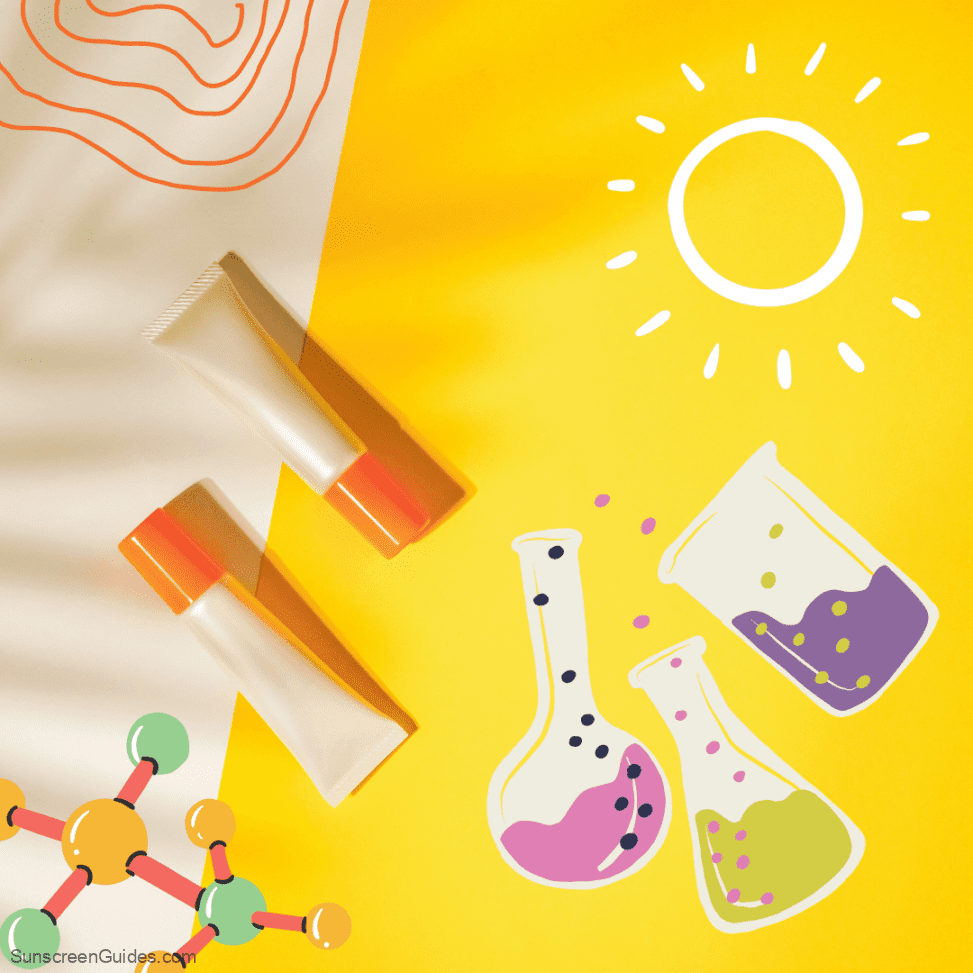Welcome, sun worshippers, to another enlightening journey into the captivating world of sunscreen science! While we slather on our favorite SPF formulas, have you ever wondered how these magical potions actually shield our skin from the sun’s powerful rays? Fear not, for we are about to embark on a scientific expedition to unravel the mysteries of sunscreen. Get ready to dive deep into the fascinating realm of photoprotection and discover how sunscreen becomes our skin’s mighty guardian against the sun’s wrath.
Table of Contents
The Sunscreen Spectacle: UV Rays vs. SPF
To comprehend the science behind sunscreen, we must first understand the primary adversaries: ultraviolet (UV) rays. There are two types of UV rays that reach the Earth’s surface—UVA and UVB. UVA rays penetrate deeper into the skin and contribute to long-term damage, while UVB rays primarily cause sunburn. Here’s where our trusty Sun Protection Factor (SPF) comes into play.
SPF is a numerical value assigned to sunscreens, indicating their ability to protect against UVB rays. It’s essential to note that SPF doesn’t measure protection against UVA rays. However, broad-spectrum sunscreens combat both UVA and UVB rays, making them the ultimate multitaskers in the world of sun protection.
The Chemical vs. Physical Showdown
Sunscreen’s sun-defying prowess comes in two main forms: chemical and physical. Let’s witness the epic battle between these two titans of sunscreen science.
Chemical sunscreens work their magic by absorbing UV radiation. They contain organic compounds like avobenzone, octinoxate, or oxybenzone, which form a protective shield on the skin. When UV rays hit the chemical sunscreen, the compounds undergo a chemical reaction, transforming the energy into less harmful forms, such as heat.
On the other side of the ring, physical sunscreens (sometimes referred to as mineral sunscreens) take a different approach. They contain mineral-based ingredients like titanium dioxide and zinc oxide, which act as a physical barrier, deflecting and scattering UV rays away from the skin. These superhero minerals form a protective shield that works immediately upon application, making physical sunscreens a popular choice for those with sensitive skin.

Absorption vs. Reflection: How Sunscreens Work Their Magic
Now that we’ve introduced the contenders, let’s delve deeper into their sunscreen superpowers. Chemical sunscreens, with their UV-absorbing capabilities, function by absorbing UV rays into their molecular structures. Through a complex process, they convert the absorbed UV energy into heat, reducing the skin’s exposure to harmful radiation.
Physical sunscreens, on the other hand, work by reflecting and scattering UV rays away from the skin’s surface. The mineral particles in physical sunscreens form a protective barrier, bouncing the incoming UV rays back into the atmosphere like tiny mirrors. This reflection effect shields the skin from the sun’s damaging rays.
Time to Reapply: Sunscreen Science Degradation
Sunscreen may be a formidable defender, but it’s not invincible. Over time, sunscreens can degrade and lose their effectiveness. Exposure to sunlight, heat, and even the natural oils on our skin can contribute to this process. That’s why it’s crucial to reapply sunscreen regularly, especially after swimming, sweating, or extended sun exposure.
The Myth of Instant Sunscreen Protection
Contrary to popular belief, sunscreen doesn’t work its magic immediately upon application. It requires some time to form a protective shield on the skin. This waiting period, often referred to as the “sunscreen activation time,” varies depending on the sunscreen’s formulation. As a general rule, it’s recommended to apply sunscreen approximately 15-30 minutes before sun exposure, allowing it to bond with the skin and provide optimal protection.
Sunscreen’s Sidekick: Antioxidants
While sunscreen stands as the primary shield against UV damage, it can benefit from a trusty sidekick—antioxidants. These mighty molecules, found in various fruits, vegetables, and skincare products, help neutralize the harmful free radicals generated by UV exposure. By teaming up with sunscreen, antioxidants provide an added layer of protection, enhancing the skin’s defense against sun-induced oxidative stress.
As we bid adieu to our sunscreen science odyssey, we’ve uncovered the secrets behind sun protection and how sunscreen becomes our skin’s mighty guardian. Through the battles of chemical vs. physical, absorption vs. reflection, and the myth of instant protection, we’ve navigated the intriguing world of sunscreen science. Armed with this newfound knowledge, let’s embrace the sun safely, ensuring our skin remains shielded from the sun’s potent rays. Remember, sunscreens are more than skin-deep—they’re the scientific superheroes that keep us sun-kissed and worry-free!
Notes
If you are more interested about science behind sunscreens, you can check Sunscreen topic at Science Direct.
